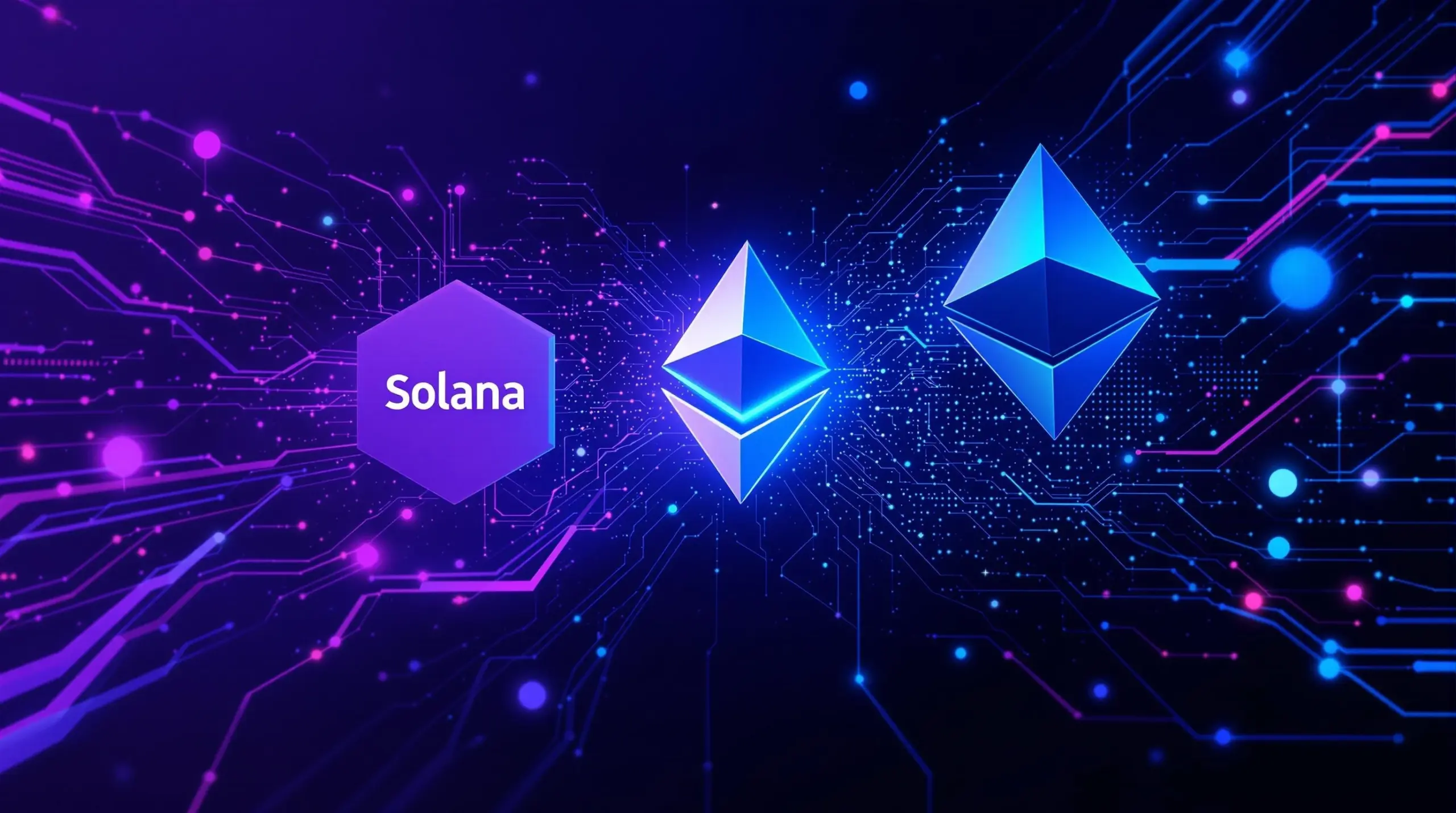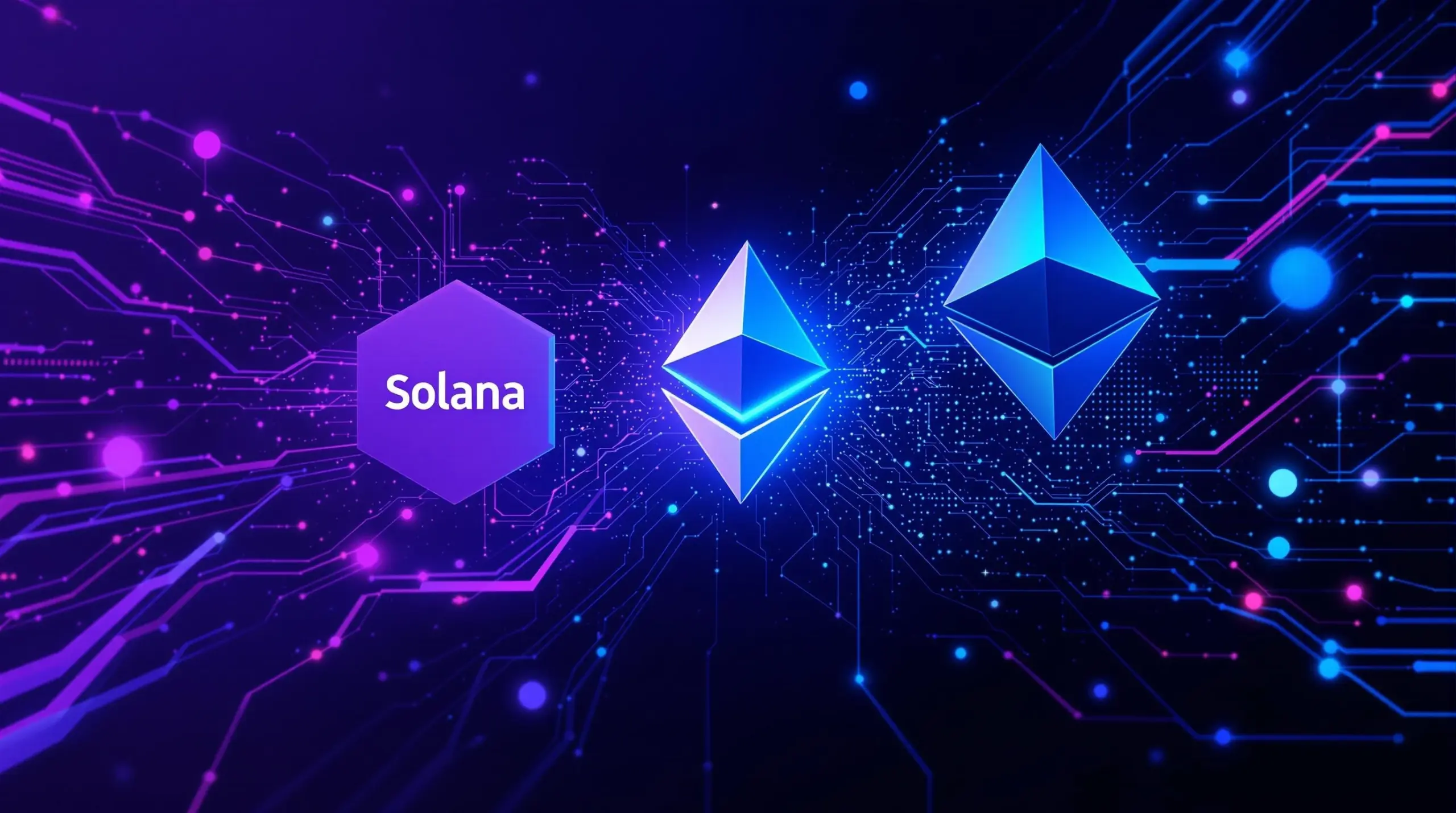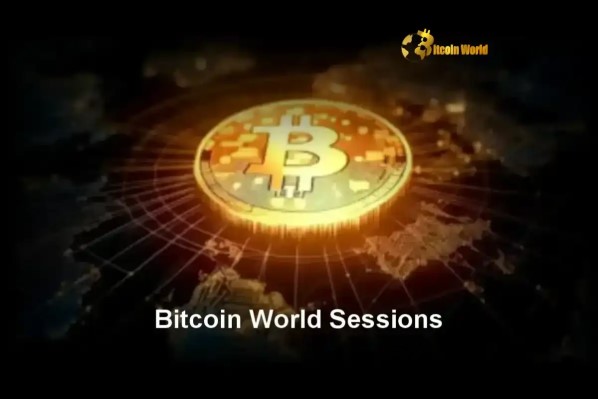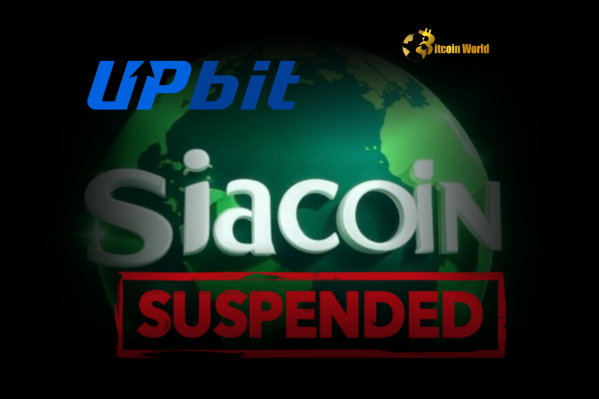BitcoinWorld

Solana’s Explosive Ascent: Why 21Shares Predicts SOL Will Outpace Ethereum in 2024
In the ever-evolving world of digital assets, few topics spark as much debate and excitement as the future trajectory of leading cryptocurrencies. While Ethereum (ETH) has long held its position as the undisputed king of smart contracts, a bold new Solana price prediction from a prominent industry executive is turning heads. Adrian Fritz, the astute head of research at 21Shares, a leading issuer of crypto exchange-traded products, has put forth a compelling argument: Solana (SOL) is poised to outperform Ether (ETH) this year.
Unpacking the Bold Solana Price Prediction
Adrian Fritz’s forecast isn’t just a casual remark; it stems from a deep analysis of market dynamics and underlying blockchain fundamentals. Speaking to Decrypt, Fritz articulated a vision where Solana, despite its comparatively smaller market capitalization, possesses the inherent potential for greater upward mobility. This perspective challenges the conventional wisdom that often favors established giants like Ethereum.
So, what exactly underpins this optimistic Solana price prediction? Fritz points to several key factors:
- Growth Potential: As a ‘smaller project,’ Solana inherently has more room to grow compared to Ethereum, which already commands a significant market share and has a highly mature ecosystem.
- Developer Vitality: Solana’s developer community is not just active; Fritz describes them as ‘much more business-minded.’ This suggests a focus on practical applications, efficiency, and real-world utility, which can drive adoption and value.
- Recent Momentum: The surge in meme-related activity on Solana in January showcased its network’s ability to handle high transaction volumes and attract speculative interest, providing a significant boost to its visibility and liquidity.
This isn’t to say Ethereum is faltering. Its maturity is a strength, offering stability and a vast array of decentralized applications (dApps). However, Fritz’s argument implies that this very maturity might lead to a slower pace of growth compared to a more agile and rapidly expanding network like Solana.
SOL vs ETH: A Clash of Titans or Complementary Forces?
The debate between SOL vs ETH is multifaceted, touching upon core blockchain principles, technological design, and market positioning. Ethereum, launched in 2015, revolutionized the crypto space with its smart contract capabilities, paving the way for DeFi, NFTs, and a sprawling Ethereum ecosystem. Its transition to Proof-of-Stake with the Merge aimed to improve scalability and energy efficiency, though high gas fees and network congestion remain occasional pain points.
Solana, on the other hand, entered the scene with a focus on speed and low transaction costs, utilizing a unique Proof-of-History (PoH) consensus mechanism combined with Proof-of-Stake. This design allows it to process thousands of transactions per second, making it an attractive platform for high-frequency applications and consumer-facing dApps.
Let’s compare some key aspects:
| Feature | Ethereum (ETH) | Solana (SOL) |
|---|---|---|
| Maturity | Highly mature, established ecosystem | Rapidly growing, newer entrant |
| Transaction Speed (TPS) | ~15-30 (L1), higher with L2s | ~65,000 theoretical, often 2,500+ real-world |
| Transaction Costs | Often high (gas fees) | Extremely low (fractions of a cent) |
| Decentralization | More decentralized (thousands of validators) | More centralized (fewer, higher-spec validators) |
| Developer Focus | Broad, foundational, research-heavy | Business-minded, application-focused |
Fritz’s assertion that the Ethereum team has ‘gotten complacent’ is a strong claim. While Ethereum continues to innovate with upgrades like Proto-Danksharding and Layer 2 scaling solutions, its slower, more deliberative development pace might be perceived as a lack of urgency when compared to Solana’s aggressive pursuit of market share and technological advancements. This divergence in approach is a critical element in understanding the potential shifts in crypto market trends.
Understanding Crypto Market Trends and Their Impact
The cryptocurrency market is notoriously volatile, influenced by a myriad of factors ranging from macroeconomic conditions to technological breakthroughs and even social media sentiment. Adrian Fritz’s prediction is set against a backdrop of evolving crypto market trends that favor agility and user experience.
One significant trend highlighted by Fritz is the surge in meme coin activity on Solana. While often dismissed as speculative fads, meme coins can serve as powerful on-ramps for new users and liquidity into a blockchain ecosystem. Solana’s low transaction fees and high throughput make it an ideal environment for the rapid trading and deployment of these assets, attracting a new wave of participants and showcasing the network’s capabilities under stress.
Beyond meme coins, the broader narrative of blockchain innovation continues to drive investment. Projects that demonstrate tangible progress in scalability, security, and user adoption tend to gain traction. Solana’s ongoing development in areas like DePIN (Decentralized Physical Infrastructure Networks) and its growing ecosystem of dApps contribute to its long-term viability and potential for appreciation.
However, it’s crucial to acknowledge Solana’s challenges, particularly its perceived centralization and past network outages. These issues, while being addressed by the Solana Foundation and its community, remain points of concern for some investors who prioritize robust decentralization above all else. Ethereum, with its vast validator set and battle-tested network, offers a different risk profile in this regard.
The Future of Blockchain Innovation: Beyond the Hype
At its core, the prediction from 21Shares speaks to the relentless pace of blockchain innovation. No single blockchain is likely to dominate every niche, and the industry is moving towards a multi-chain future where different networks excel in different areas. Ethereum’s strength lies in its security, decentralization, and the sheer volume of capital and dApps built on it. It’s a foundational layer for much of the decentralized web.
Solana, conversely, is carving out its niche as a high-performance, low-cost alternative, particularly attractive for gaming, consumer applications, and high-frequency trading. Its ‘business-minded’ developer community suggests a focus on creating products that directly address market needs and user demands, which can lead to rapid adoption and significant growth.
The question of centralization is often debated. While Solana’s validator requirements are higher, efforts are being made to diversify its validator set and improve network resilience. The trade-off between decentralization and performance is a complex one, and different users and developers will prioritize these aspects differently.
Actionable Insights for Investors
What does this mean for you, the investor, navigating these complex crypto market trends?
- Diversify: Relying on a single asset, even a promising one, is risky. A balanced portfolio that includes both established assets like ETH and high-growth potential assets like SOL can mitigate risk.
- Research Beyond Price: Understand the underlying technology, developer activity, ecosystem growth, and future roadmap of any blockchain you invest in.
- Monitor Development: Keep an eye on network upgrades, partnerships, and dApp launches for both Solana and Ethereum. These can be significant catalysts for price movements.
- Assess Risk Tolerance: Solana, being a newer and faster-growing chain, might offer higher returns but also carries higher risk. Ethereum, while potentially slower-growing, offers more stability.
A Compelling Conclusion: The Race Heats Up
Adrian Fritz’s bold prediction serves as a potent reminder that the cryptocurrency landscape is dynamic and competitive. While Ethereum’s foundational strength and vast Ethereum ecosystem are undeniable, Solana’s aggressive pursuit of performance, its active developer community, and its ability to capture new market segments, particularly through activities like the recent meme coin surge, position it as a formidable contender. The race between SOL and ETH is far from over, and 2024 promises to be a pivotal year in determining which blockchain truly commands the most explosive growth. Investors will be watching closely to see if Solana can indeed hit new highs and solidify its place as a dominant force in the decentralized future.
Frequently Asked Questions (FAQs)
1. What is Adrian Fritz’s prediction about Solana (SOL) and Ethereum (ETH)?
Adrian Fritz, 21Shares’ head of research, predicts that Solana (SOL) will rise more than Ether (ETH) in 2024. He believes Solana has more growth potential due to its smaller size, active developer community, and recent market momentum, despite Ethereum’s maturity.
2. Why does 21Shares believe Solana has more potential than Ethereum?
21Shares, through Adrian Fritz, highlights Solana’s status as a comparatively smaller project with more room for growth. They also point to its ‘business-minded’ and active developer community, and its ability to attract significant activity, such as the recent meme coin surge, which demonstrates its network’s capabilities and appeal.
3. What are the main differences between Solana and Ethereum?
Ethereum is a highly mature and decentralized blockchain with a vast ecosystem, known for its security and foundational role in DeFi and NFTs, though it can have higher transaction costs. Solana is newer, focuses on high transaction speed and low costs, and is generally considered more centralized than Ethereum, but offers rapid scalability for applications.
4. How do recent crypto market trends, like meme coins, affect Solana’s outlook?
The surge in meme coin activity on Solana has significantly boosted its visibility and liquidity. Solana’s low fees and high throughput make it ideal for such high-frequency trading, attracting new users and showcasing the network’s efficiency, which contributes to its overall market appeal and potential for growth.
5. What are the risks associated with investing in Solana?
While promising, Solana faces challenges such as its perceived higher degree of centralization compared to Ethereum and a history of network outages. These factors can influence investor confidence and are important considerations when evaluating the asset’s risk profile.
To learn more about the latest crypto market trends, explore our article on key developments shaping Solana price action.
This post Solana’s Explosive Ascent: Why 21Shares Predicts SOL Will Outpace Ethereum in 2024 first appeared on BitcoinWorld and is written by Editorial Team





